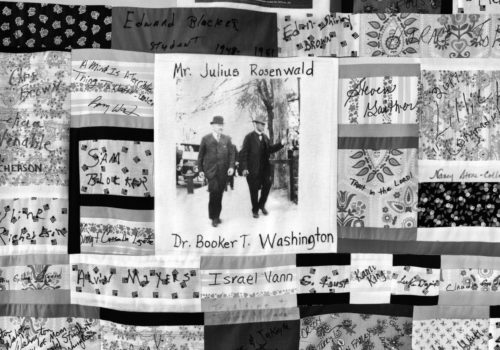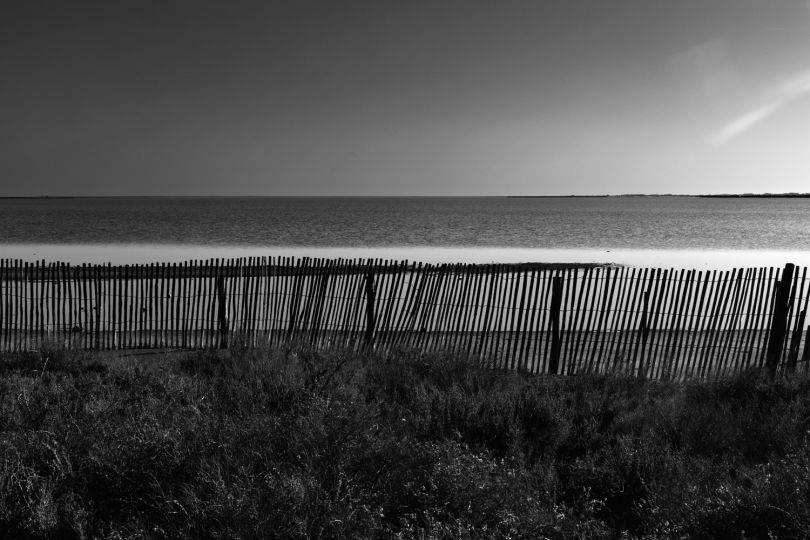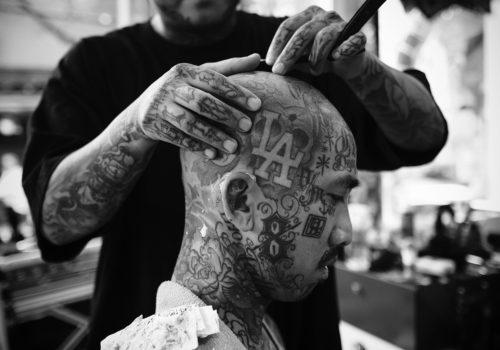A Better Life for Their Children
Born in America to Jewish immigrants, Julius Rosenwald rose to lead retailer Sears, Roebuck & Company and turn it into the world’s largest retailer of its era. Born into slavery, Booker T. Washington became an educator and was the founding principal of the historically Black college Tuskegee Institute.
In 1912 the two men launched an ambitious program to partner with Black communities across the segregated South in building public schools for African American children. From 1912 to 1937, when few such schools existed, the program built 4,978 schools for Black children across fifteen states. This watershed moment in the history of philanthropy drove dramatic improvement in African American educational attainment and educated the generation who became leaders and foot soldiers of the civil rights movement.
Of the original 4,978 Rosenwald schools, about five hundred survive. In creating a photographic account of the program, Andrew Feiler drove 25,000 miles and photographed 105 schools in all fifteen program states. The work includes interiors and exteriors, schools restored and yet-to-be restored, and portraits of people with compelling connections to these schools. The book of this work was recently published by the University of Georgia Press. The book’s introduction is by the late Congressman John Lewis, a Rosenwald school alum. The exhibition of photographic prints of this work is on display through the end of 2021 at the National Center for Civil and Human Rights in Atlanta.
Andrew Feiler
www.civilandhumanrights.org/exhibit/rosenwald-schools-exhibition/
















